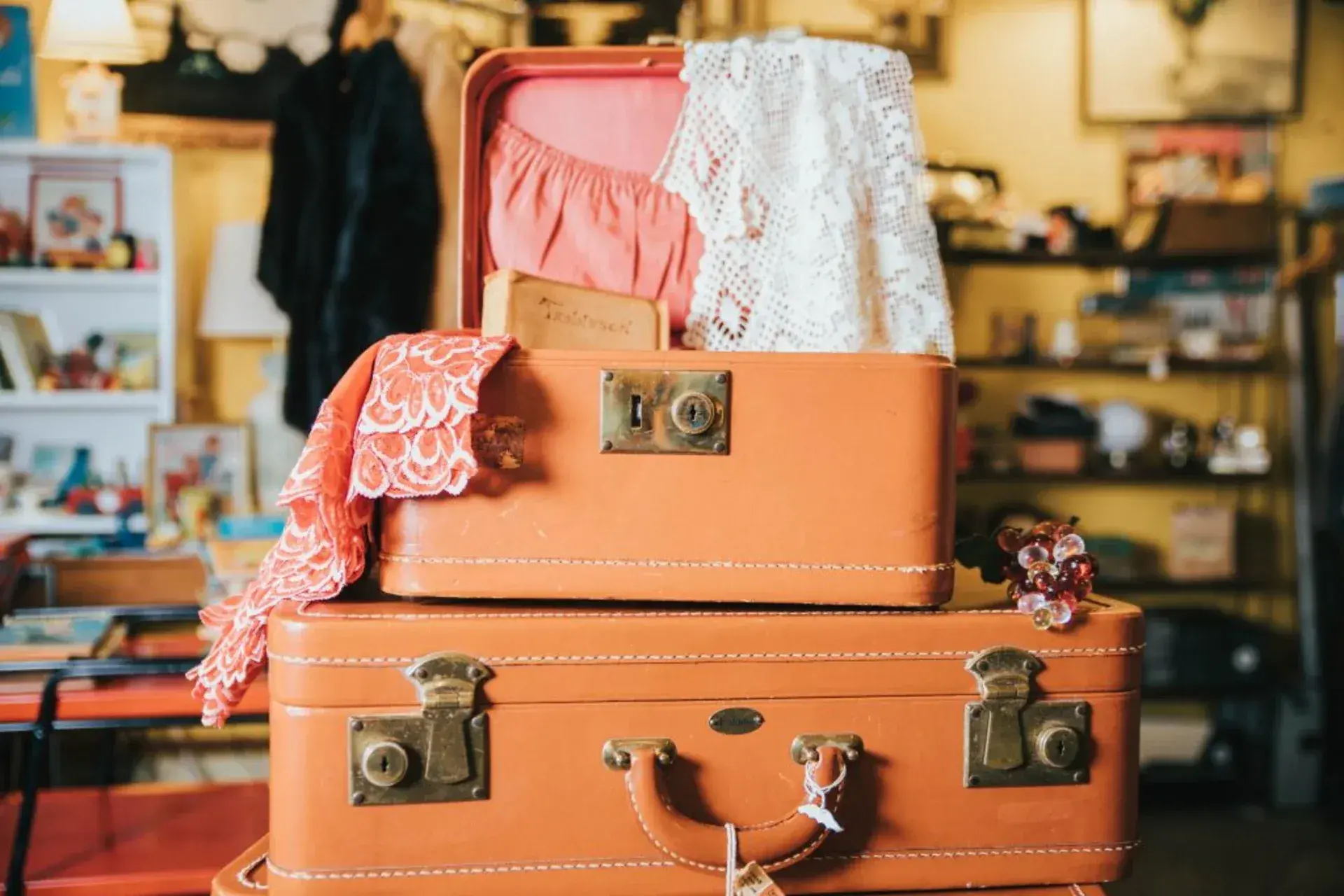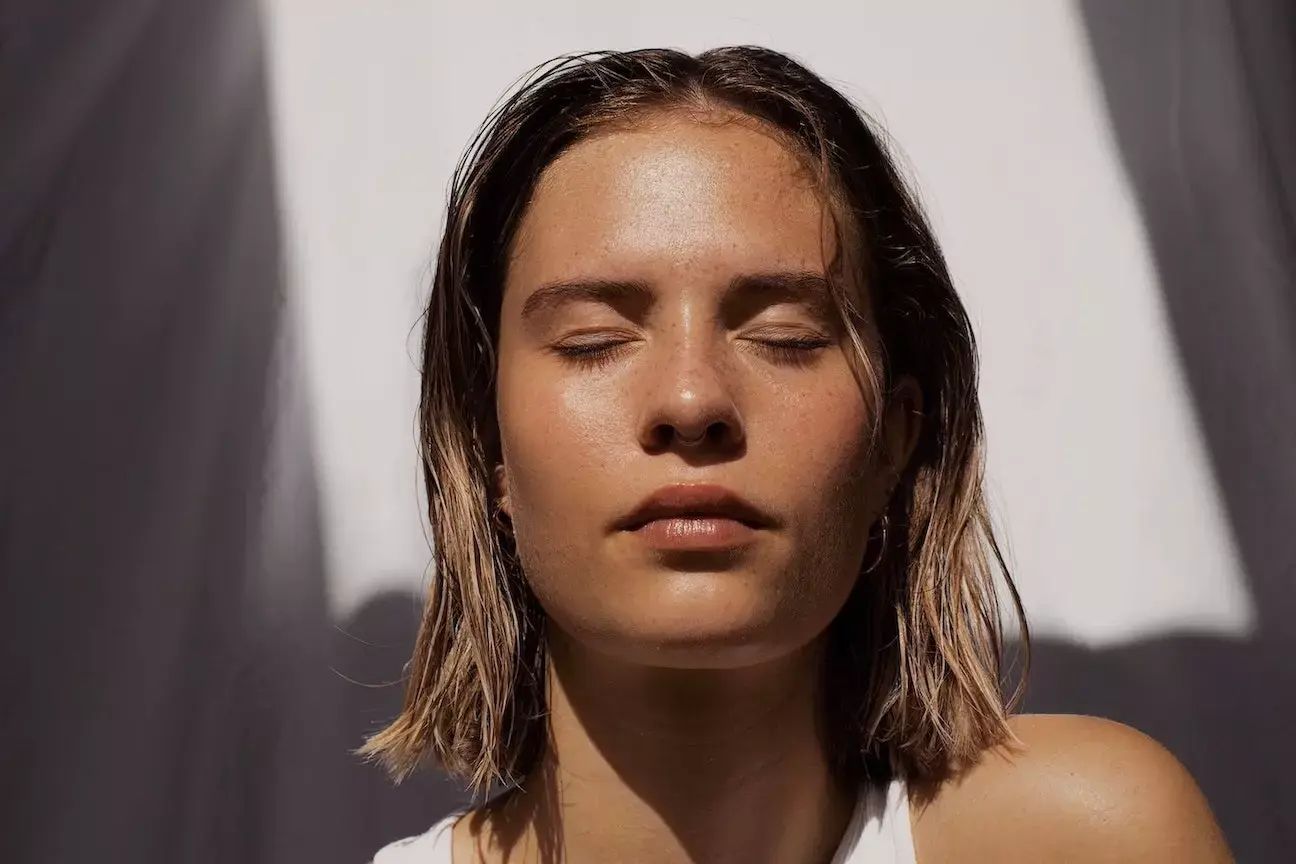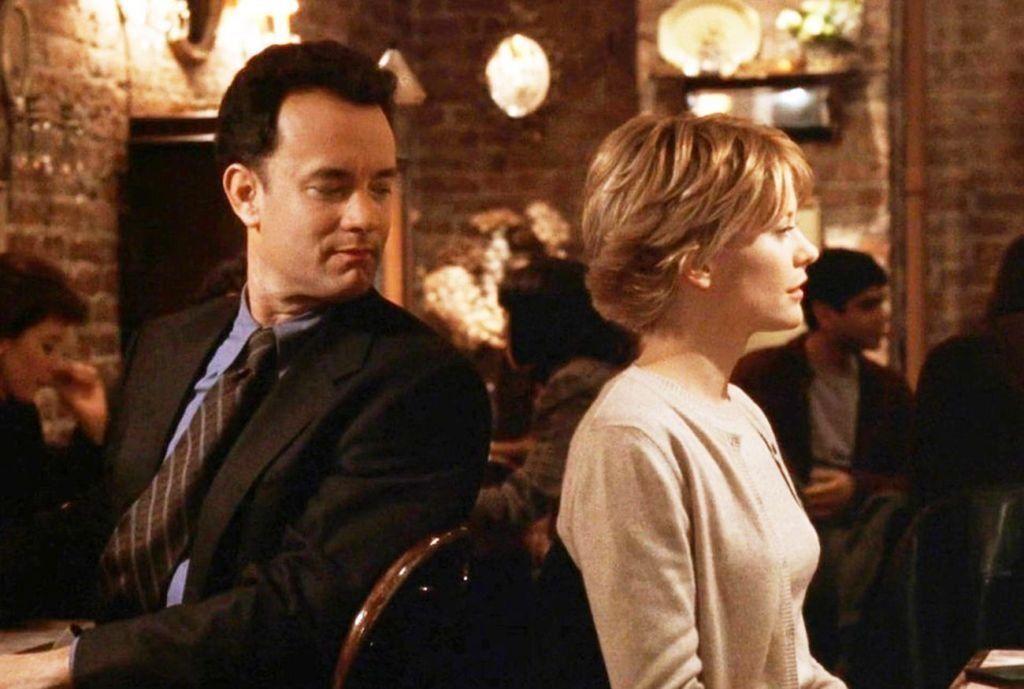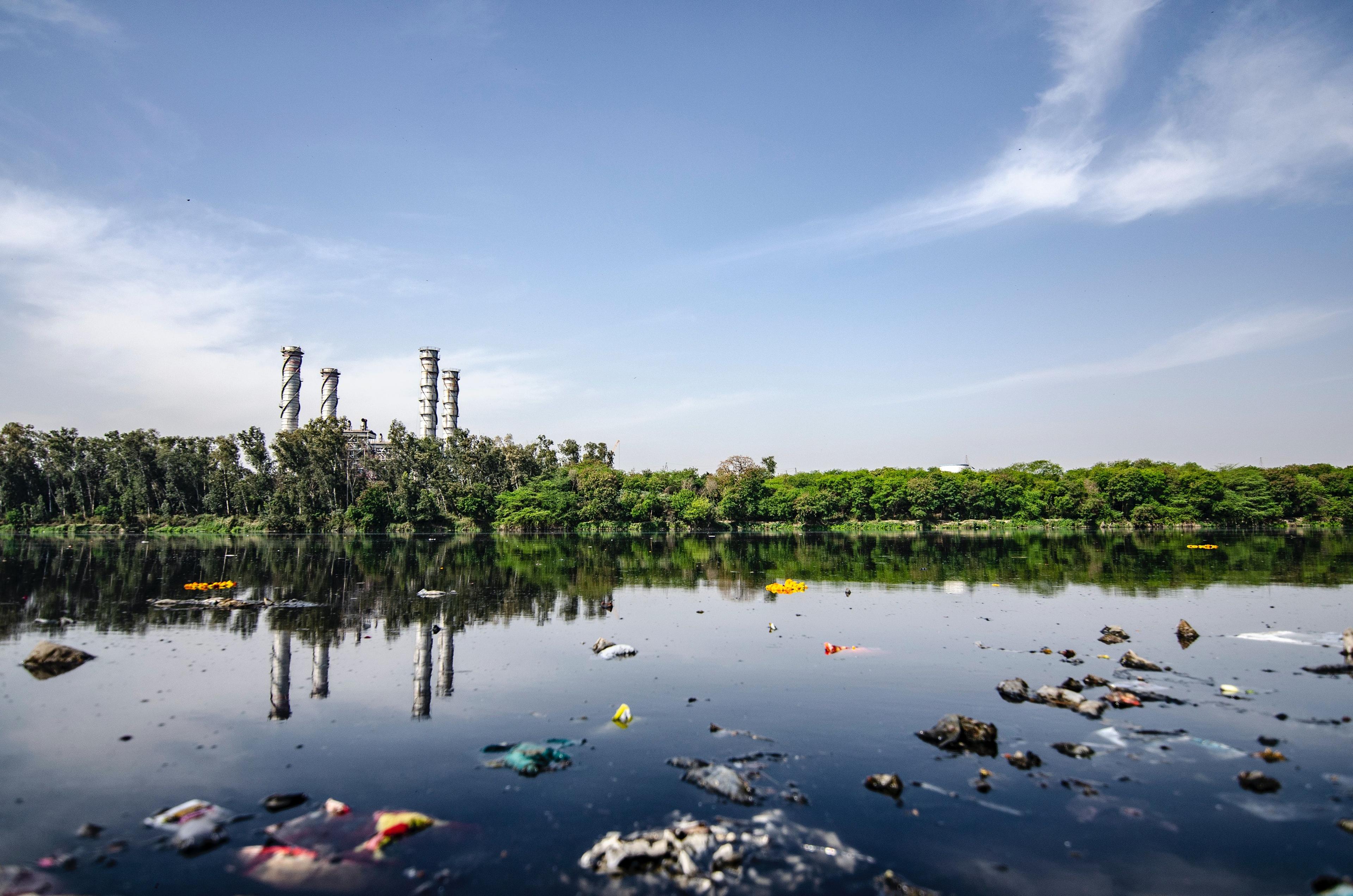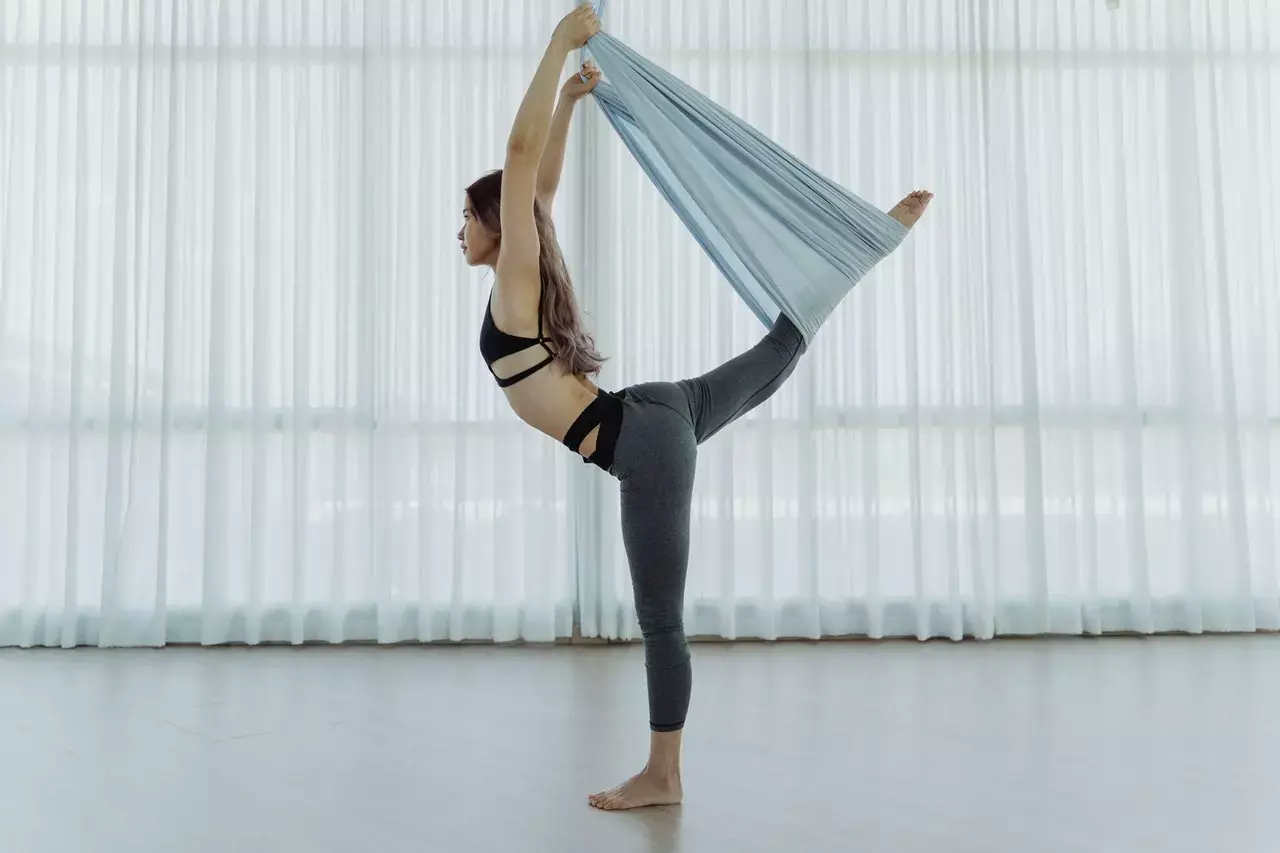6 Common Tanning and Sun Exposure Myths
With summer season, teenagers and adults alike are starting to think about vacations and achieving that “healthy” glow. But is there really anything healthy about glowing from sun exposure?
According to Healthline, there are six common myths about tanning
You need a base tan
- Plenty of people think they need to get a base tan to avoid getting a sunburn on vacation, but this is a mistake. A tan in and of itself is evidence of skin damage, the skin appears darker because it redistributes melanin in an effort to protect itself. But it’s not just skin damage that occurs. With repeated exposure, not only will the skin darken, but it will also thicken and become leathery. So, that “healthy” tan you‘re going for today could lead to irreversible skin damage in the future.
Tanning is necessary for vitamin D
- There’s no reason to damage the skin, putting oneself at risk for skin cancer as well as accelerated ageing, to get vitamin D. Achieving adequate vitamin D levels can be accomplished through proper diet and supplementation without harming the skin.
People with darker skin don’t need to worry about using sunscreen
- Fair-skinned people tend to realize it’s best for them to avoid sun exposure. But it’s a common myth that those with darker skin don’t need to take the same precaution. It’s this damage that ultimately leads to skin cancer and ageing. Having darker-toned skin or skin that tans easily doesn’t mean it’s OK to tan. You’re still damaging your skin.
Sun or tanning-bed exposure is the only way to achieve a healthy glow
- Some people believe you have to get a true suntan to have tan skin. Nowadays there are several effective, natural-appearing sunless tanners and bronzers. There’s no reason to damage your skin if you want the look of having a tan.
Only UVB rays are harmful
- There are two different types of UV rays: UVA and UVB rays. UVB rays tend to get the bad rap, as they are associated most with sunburns and skin cancer development. But that doesn’t mean UVA rays are safe. A lot of people think that because tanning beds rely more on UVA rays they’re safer than tanning outdoors. But these rays can actually be more damaging to skin DNA, especially with prolonged exposure. And that damage is ultimately what can lead to skin cancer.
As long as you don’t burn, tanning is safe
- In case it wasn’t already clear, any tan whatsoever can set you up for future skin problems. Acute sunburns are painful and may increase the risk of melanoma.
So, how should we protect our skin?
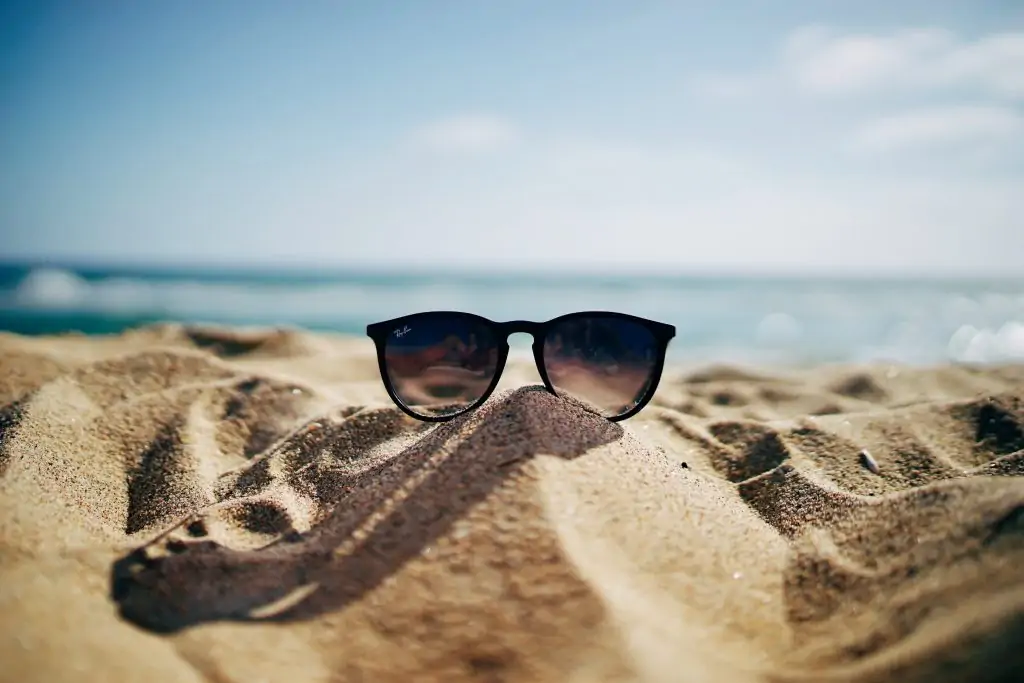
There are several simple recommendations for ensuring ultimate skin protection:
- Wear sun-protective clothing.
- Seek shade between 10 a.m. and 2 p.m., when ultraviolet radiation from the sun is most intense.
- Wear a wide-brimmed hat and sunglasses.


